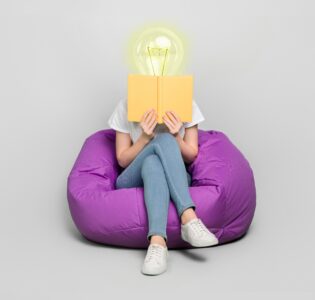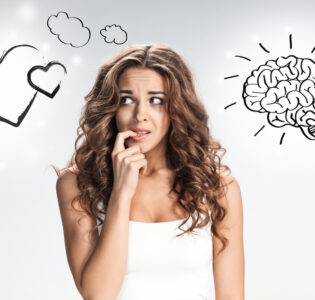The Brain and Learning
by Dr Judith Paphazy
Neuroscientific advances, mostly through fMRI’s, have added significantly to our understanding of the brain and the Genazzano Institute would like to share some of this research with the school community. The first article in this series, appropriately, is titled ‘The Brain’.
THE BRAIN
A brief summary of the brain:
Our brains are complex organs that regulate and control our bodies.
The brain weighs about 3 pounds (1.36kgs) and lies inside a bony shell called the cranium. Its structure has three main sections:
- Cerebrum: interprets sights, sounds and touches. It regulates emotions, reasoning and learning.
- Cerebellum: gives balance, posture, coordination and fine motor skills.
- Brainstem: regulates most of the automatic body functions such as, heart rate, breathing and swallowing, plus sleep and wake cycles. The brainstem connects the brain to the spinal cord.
Brains are made up of about 100 billion neurons. Neurons are cells that send messages, rather like electric signals, to each other.
For example: I am typing this article. The neurons in my brain are sending the message to “move my fingers on the keyboard” to the relevant nerves through my fingers. So, the neurons communicate with each other via these electrical signals and these enable us to think, talk, move, feel, see, hear etc.
An important fact to understand is that every human brain is unique from the moment of birth. The unique brain is a combination of genetic factors and individual life experiences. Professor Jancke, (2018), using fMRI scans found “that the structure of people’s brains is very individual.” This naturally affects how we learn and respond to each other.
LEARNING
Learning is “a process that leads to change, which occurs as a result of experience and increases the potential for improved performance and future learning” (Ambrose et al, 2010, p3).
What does this definition mean? It means that when we learn changes occur in our brains. These changes make new connections between our neurons. The term “neuroplasticity” is used to explain these changes. Basically, what happens is the more we use these connections (between neurons) the stronger they become. Not only do they become stronger, they also become faster. Thus, we become better at the repeated task. Equally, if we stop doing that task the connections weaken and may even disappear. So, if we want to learn a new sport, language or any other skill, we need to form new pathways in our brain to enable this to happen. And, if we keep repeating or practising the skill we increase the likelihood of mastering it. Some recent research (Cell Reports, June 2021) suggests that taking short breaks between practising may strengthen memories of the just practised skill.
Generally, we learn by seeing (visual), hearing (auditory), reading and writing and by making and doing, a more multi-sensory way of learning (kinaesthetic). And we know that all learning takes place in an environment. We learn best, make the strongest connections between neurons, in an environment where we feel safe (physically, emotionally and socially), interested, engaged and supported.
An important point for parents and teachers to remember is that every brain is different. Therefore, each of us processes information differently. This affects how we perceive, understand and solve problems. So, if we take care to listen to our children and develop some understanding of how they see and interact with their world, we can be more effective in the way we interact with them. And this can be very rewarding for both family and school life.




